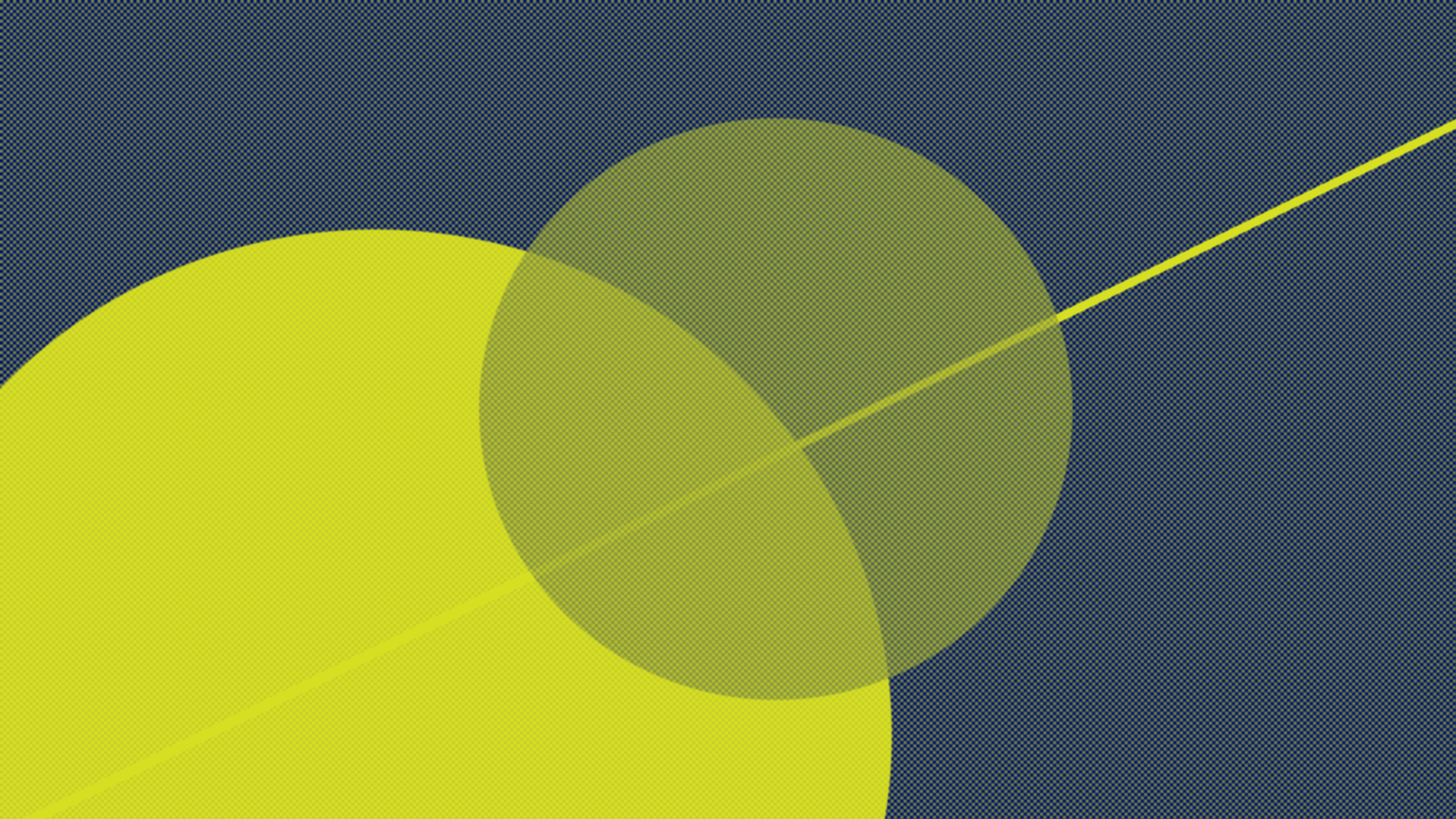Open Access Archaeology and PLoS
Starting work in open-access publishing at PLoS Medicine seemed a sensible step for me, having focused my Masters research on an evaluation of the quality and research dividends of an online archaeological database – a unique resource which holds records of more than 300,000 artefacts from England and Wales and renders information about these finds accessible to any interested party, whilst also facilitating research into previously neglected topics and questions. Yet, many of my colleagues in archaeology insisted that open access had no place in our discipline, arguing that authors would be unable to fund publication fees and traditional subscription-based journals were too central to assessment of academic merit. A quick search of PLoS journal archives reveals, however, that some archaeological scientists have already embraced the open-access model for dissemination of their research.
Perhaps most significant in terms of its contribution to the discipline is a paper by Houyuan Lu and colleagues from the Chinese Academy of Sciences, Beijing, published by PLoS ONE in February 2009. This study represents a valuable step forward in archaeobotanical analysis of common and foxtail millet – important early cultivars in northern China which have been hitherto difficult to identify at archaeological sites. Detailed analysis of phytoliths (microscopic silica bodies found in plants) enabled the authors to establish five diagnostic characteristics which can be used to differentiate between these two species. Since phytoliths are more likely to be preserved than millet grains, this study not only enhances archaeologists’ ability to identify these crops at archaeological sites, but the detailed morphological analyses presented in the paper also provide a useful methodology which can be applied to other cereal crops and wild grasses.
In addition to archaeobotany, research in archaeogenetics is already well represented amongst PLoS papers. For example, Guido Barbujani and colleagues analysed mitochondrial DNA in 28,000-year-old bones from the Paglicci Cave, southern Italy, and not only demonstrated genealogical continuity from this Cro Magnon individual to modern Europeans, but also revealed radical dissimilarity between this early modern human and near-contemporary Neanderthals. Francesco Cucca and colleagues studied the Y chromosomes of 930 Sardinian males to suggest predominantly pre-Neolithic settlement of the island of Sardinia, with little subsequent gene flow from outside populations. As a result, they identified Sardinia as a potentially useful setting for genetic association studies of multifactorial diseases. Similarly, another PLoS ONE paper by Helen Donoghue and colleagues has relevance for both archaeological and present-day studies: using PCR and liquid chromatography, these researchers have identified Mycobacterium tuberculosis in human bones from the 9000-year-old village of Atllit-Yam in the eastern Mediterranean, and shed light on the co-evolution of this pathogen with human and animal hosts.
Like the phytolith-based analysis above, Ruth Bollongino and colleagues also chose PLoS ONE to report research into early domestication, using DNA analysis to suggest rapid introduction of domestic cattle into central Europe without significant crossbreeding with local wild aurochs. A PLoS Genetics paper by Agnar Helgason and colleagues reports mitochondrial DNA analysis of 1000-year-old Icelandic skeletal remains, revealing sequences which are more similar to contemporary populations in Scotland, Ireland and Scandinavia than they are to modern Icelandic inhabitants. Likewise, Li Jin and colleagues analysed mitochondrial DNA from human remains believed to be construction workers for the mausoleum of the First Emperor of China (famous for its Terracotta Warriors) and suggested that these workers originated from diverse regions of China and beyond. As ever in archaeology, it is important to take stock of the limitations of our techniques and, in a paper entitled “Cryptic Contamination and Phylogenetic Nonsense”, Anna Linderholm and colleagues raise important questions about the risk of contamination of archaeological samples with modern human DNA.
Open-access archaeological papers published by PLoS are not limited to archaeobotany and archaeogenetics. For example, William Banks, Francesco d’Errico and colleagues present archaeological and chronological data, coupled with high-resolution palaeoclimatic simulations, to argue that Neanderthal extinction did not result from climate change but from competition with anatomically modern humans. Research articles are also complemented by essays and interviews, notably a PLoS Genetics interview with Svante Pääbo (Director of Evolutionary Genetics at the Max Planck Institute for Evolutionary Anthropology in Leipzig) – a key player in archaeogenetics whose work has ranged from Neanderthals to Egyptian mummies.
Far from representing a dead end, this range of research hints that the open-access model has an important role to play in archaeology. Already, one major field unit (Oxford Archaeology) has committed to “making archaeological knowledge free to access” as part of its Open Archaeology programme and the Alexandria Archive Institute has developed an international facility for open access archiving of primary data from archaeology and related disciplines. Hopefully, the coming months and years will see increasing publication of archaeology in open-access journals such as PLoS ONE, to enable widespread dissemination of research and facilitate international and interdisciplinary access, dialogue and debate.
Nisha Doshi, Publications Assistant, Public Library of Science
